Telecentric Illumination
This is Section 11.4 of the Imaging Resource Guide.
Theory | Pros & Cons | Application

Imaging and inspection projects require precision optical components and alignment to achieve optimal performance. These machine vision inspection applications utilize imaging lenses, illumination sources, cameras, and mechanics, to name a few key components. The choice of imaging lens and camera is integral to the success of an application; however, illumination plays a very important role as well. One of the most precise types of illumination geometry is telecentric illumination. What is telecentric illumination? How can it help achieve better results compared to standard backlight illumination? To answer these questions, consider illumination theory, benefits, and a real-world inspection application.
Telecentric Illumination Theory
In optics, telecentricity is a unique property of certain multi-element lens designs in which the chief rays are collimated and parallel to the optical axis in image and object space (Figure 1). This results in constant magnification regardless of image or object location, a key characteristic of telecentricity. Telecentricity is classified in three ways: object-space, image-space, and double. For additional information, see The Advantages of Telecentricity.

Figure 1: An example of telecentricity where chief rays are parallel to the optical axis.
In illumination, the concept in which light rays are collimated and parallel to the optical axis applies as well. This is the case with a telecentric illuminator. Telecentric illuminators, such as the TECHSPEC® Telecentric Backlight Illuminator, use optics to direct light from a fiber optic light guide or LED onto an object under inspection, producing a high contrast silhouette. A telecentric illuminator increases edge contrast and measurement accuracy by decreasing diffuse reflections from the object. Collimated light rays exit the illuminator and remain collimated as they strike an object’s surface (Figure 2). In contrast, light rays from a standard backlight expand and interfere with one another, producing diffuse reflections (Figure 2). For instructional examples, please view Imaging Lab Module 2.2: Telecentricity.


Figure 2: Left image shows collimated light ray from a telecentric illuminator. Right image shows diffuse reflections from a standard backlight.
How Does Telecentric Illumination Create a High Contrast Silhouette?
Telecentric illuminators work by employing high-quality glass optical lenses to collimate light from a fiber optic light guide or LED spotlight. Divergent light from the source enters the glass assembly, becoming parallel and therefore highly concentrated as it exists. Nearly all light that enters the telecentric illuminator (neglecting back reflection and absorption through each optical lens) strikes the object under inspection.
What is the Secret to Telecentric Illumination?
When combined with a LED pattern projector and a reticle, a standard telecentric imaging lens can be used as a telecentric illuminator. As with a typical telecentric illuminator, light passing through the telecentric imaging lens is collimated, eliminating diffuse reflections when silhouetting an object. Unlike a telecentric illuminator, though, imperfections on the LED projector may be detected when using a telecentric imaging lens.
Pros and Cons of Telecentric Illumination
Telecentric illumination is ideal for precision measurements where accuracy, repeatability, and throughput are key factors in an application’s success. To achieve the best results, consider these eight key benefits of telecentric illumination:
- Superior detection of small defects
- Increased measurement accuracy and repeatability compared to standard backlight illumination
- Elimination of blurred edges caused by diffuse reflections
- Increased light intensity from collimated light rays
- High contrast images from elimination of blurred edges and increased light intensity
- Reduced camera exposure times from increased light intensity
- Faster systems and higher throughput compared to standard backlight illumination
- Increased distance between object and illumination source
However, telecentric illuminators may have some drawbacks, such as being space consuming and sometimes costly. Larger objects will require larger telecentric illuminators. For applications where space or cost is a concern, a collimated backlight may be a better option. Collimated backlights are a standard backlight with an integrated film to collimate light. Although they do not perform as well as a telecentric illuminators, collimated backlights are less diffuse than standard backlights and thereby eliminate some of the blurred edges caused by diffuse reflections.
Application Example
While understanding the theoretical framework of telecentric illumination is a great first step, analyzing a real-world application of this precision illumination geometry will reinforce why it is needed in machine vision applications.
One example includes the measurement and inspection of thread diameters on a stainless steel post. The small size of the objects under inspection (10mm), and the need to measure thread pitch, prohibits visual sorting. The original system employed for this application included a standard LED backlight in front of a 0.6X TECHSPEC® SilverTL™ Telecentric Lens (#56-678) on a 640 x 480 pixel CCD camera. A picking robot moved parts from the manufacturing turntable to the vision system for image acquisition. A second picking robot then used the collected information from the acquisition to designate parts into pass or fail bins.
Although well-designed, the standard backlight system could not inspect parts smaller than 10mm and was limited to 10ppm, whereas 40ppm was required to keep up with new production flow. In addition, the low light intensity produced from the diffuse LED backlight necessitated a 2.5ms camera exposure time; new production-line speeds allowed only 800μsec for blur free image capture. One simple fix was to increase the camera’s gain setting to decrease exposure time. However, this increased the signal-to-noise ratio in the system and decreased measurement accuracy.
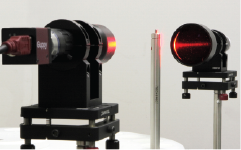

Figure 3: A telecentric illuminator system imaging thread diameters on a post on the left and a standard backlight system imaging the same diameters on the right.
The answer became clear – telecentric illumination! By replacing the diffuse LED backlight with a TECHSPEC® Telecentric Backlight Illuminator (#62-760), the intensity of the light striking the threads increased, reducing the camera’s exposure time and increased overall image contrast by reducing diffuse reflections.
In the original setup, the diffuse reflections from the backlight created blurry edges. After substituting the telecentric illuminator, the edges became clear and much easier to determine if they passed or failed inspection (Figure 4). Also, the burr on one side of the thread was barely visible with the standard backlight, but it is easy to detect and measure with the telecentric illuminator. The graphs illustrate the contrast values of the telecentric illuminator system and the standard backlight system. The wider wells indicate higher contrast, resulting in improved measurement accuracy.
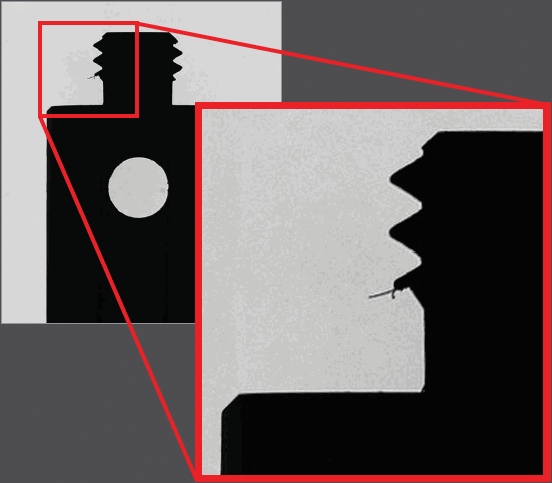
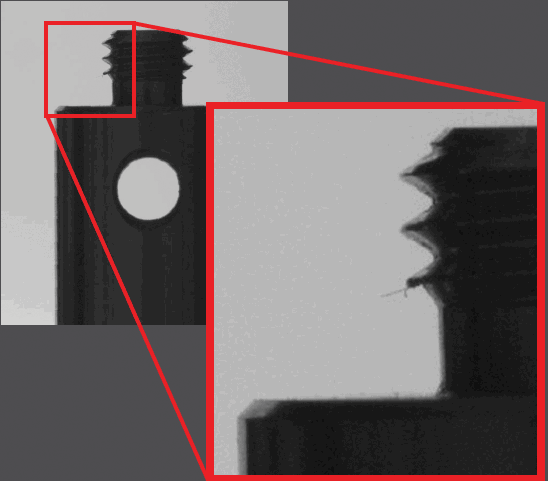


Figure 4: Left image shows a clear edge silhouette from the telecentric illuminator system. Right image shows blurry edges from the standard backlight system.
Telecentric illumination is beneficial for a range of machine vision applications including high-speed imaging, factory automation, silhouetting, and defect and edge detection. Unlike standard backlights, using telecentric illumination creates clear silhouettes, ideal for detecting edges and defects. The benefits of using telecentric illumination are crucial for applications requiring high contrast images that are free of blurred edges, and for high speed automation.
Components used:
- 56-675 (0.16X SilverTL)
- 62-760 (52mm Telecentric Backlight Illuminator)
- 87-544 (Red, LED Spot Light)
- 56-871 (Mounting Clamp)
- 58-867 (Kinematic Table)
- Family 2868 (English Stainless Steel Mounting Posts)
- Family 1475 (Dovetail Optical Rail Systems)
Reference
1. Butkus, Bruce. "Telecentric Illumination for Vision-System Backlighting." Machine Design. June 2, 2009. Accessed January 12, 2012. http://machinedesign.com/archive/telecentric-illumination-vision-system-backlighting.













 Previous Section
Previous Section 



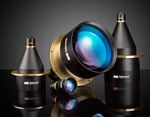

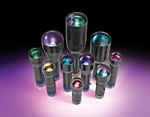
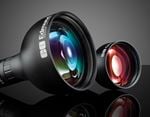
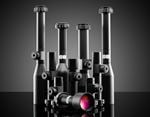

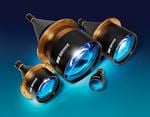
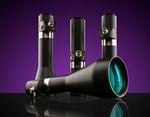
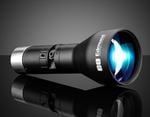
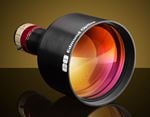
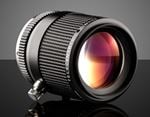
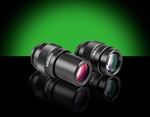

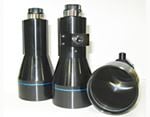

or view regional numbers
QUOTE TOOL
enter stock numbers to begin
Copyright 2023, Edmund Optics Inc., 101 East Gloucester Pike, Barrington, NJ 08007-1380 USA
California Consumer Privacy Acts (CCPA): Do Not Sell or Share My Personal Information
California Transparency in Supply Chains Act